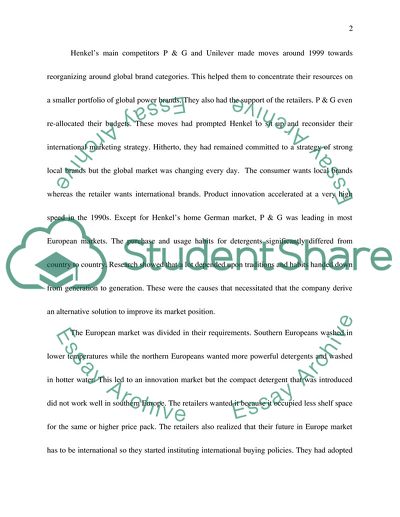Cite this document
(“Henkel KGaA: detergents division. Global branding issues in the Essay”, n.d.)
Henkel KGaA: detergents division. Global branding issues in the Essay. Retrieved from https://studentshare.org/marketing/1535325-henkel-kgaa-detergents-division-global-branding-issues-in-the-european-market
Henkel KGaA: detergents division. Global branding issues in the Essay. Retrieved from https://studentshare.org/marketing/1535325-henkel-kgaa-detergents-division-global-branding-issues-in-the-european-market
(Henkel KGaA: Detergents Division. Global Branding Issues in the Essay)
Henkel KGaA: Detergents Division. Global Branding Issues in the Essay. https://studentshare.org/marketing/1535325-henkel-kgaa-detergents-division-global-branding-issues-in-the-european-market.
Henkel KGaA: Detergents Division. Global Branding Issues in the Essay. https://studentshare.org/marketing/1535325-henkel-kgaa-detergents-division-global-branding-issues-in-the-european-market.
“Henkel KGaA: Detergents Division. Global Branding Issues in the Essay”, n.d. https://studentshare.org/marketing/1535325-henkel-kgaa-detergents-division-global-branding-issues-in-the-european-market.


